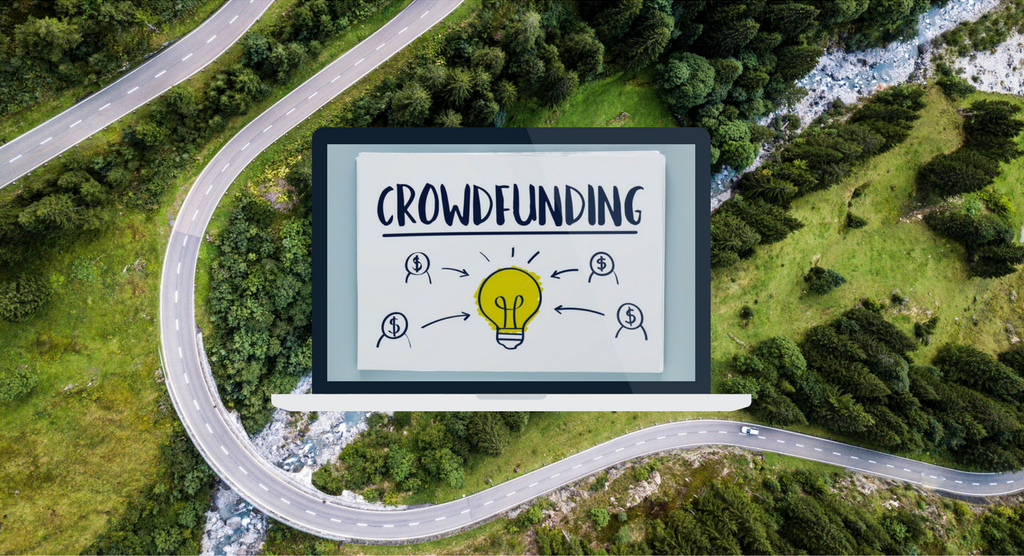Over the past couple of years, crowdfunding has gained awareness and become increasingly popular. Despite the uptake, many investors are still new to the concept. That’s why we have compiled this list of crowdfunding tips to help you navigate the world of crowdfunding. Here are 10 things you should consider before investing.
1. Choice of crowdfunding platform
Before you invest your money through any given crowdfunding platform, it is advisable to take a closer look at the platform itself. The following questions can help you select a platform that best suits your needs and interests:
- How long has the platform existed?
- How many projects have been funded and how many successfully implemented?
- How many employees does the platform have?
- Do a quick online search. What do press releases and experts say?
- Have there been any reported insolvencies?
- Who are the managing directors and what is their experience in the given field?
- How up-to-date is the website?
2. Type of contribution
The crowdfunding market is made up of a diverse array of platforms. They differ not only in focus but also in the type of contribution they enable. There are four recognised types of crowdfunding. In the German-speaking world, these types are further split up into two categories: crowdfunding and crowdinvesting.
Crowdfunding
- Reward-based crowdfunding
Investors receive a non-financial reward for their contribution to a project. This can come in the form of a gift, exclusive prototypes or merchandise. This form is often used for artistic projects, where the rewards are a direct result of the funding (signed CDs, tickets for the premiere of a film), or for new products like the LIFX LED light bulb which made its debut on Kickstarter and achieved record-breaking support.
- Donation-based crowdfunding
This type of crowdfunding is founded on the principle of donation. Here supporters simply donate a given amount without receiving any monetary or tangible reward in return. Supporters donate out of conviction and/or interest in an idea or cause.
Crowdinvesting
In Germany, any time a retail investor receives a financial reward for his or her support, we speak of crowdinvesting. The investor essentially benefits from the success of the project and receives either a fixed interest rate over a certain period of time (as with real estate or energy projects) or a performance-based interest rate (as is the case with start-up financing). Amongst English speakers, however, a distinction is usually made between:
- Equity-based crowdfunding
The equity-based model is characterised by the fact that investors hold shares in the company they have supported and repayment is based on the success of this company.
- Lending-based crowdfunding
In return for their investment, investors receive a fixed interest rate, usually monthly or annually, over a pre-agreed period of time (loan period). This category also includes the peer-to-peer (P2P) lending model.
![]()
3. Spreading the risk
It is crucial to emphasise that crowdfunding, especially crowdinvesting, always comes with a risk of a total loss of investment. In order to spread this risk, having a portfolio strategy is advisable. This means that you should not invest all your available money in one project or on one platform, but instead invest it in several projects across multiple crowdfunding platforms.
In addition, specific country risks, exchange rate risks, management risks, sales risks and economic fluctuations should be taken into account. At a glance, the “risk class” of a project, can be identified from the conditions (see point 5: Old Banker Rule).
4. Analyse the project and project initiator
One of the advantages of crowdfunding is the high level of transparency compared to traditional investment vehicles (funds or donations). To benefit from this transparency, it is strongly recommended to read through and analyse the information provided by the crowdfunding platform as well as taking a closer look at the company seeking financial support.
5. The old banker’s rule
With the help of this rule, you can quickly assess how high the risk of an investment is. The rule is as follows: the higher the interest rates of a crowdfunding project, the higher the risk. This enables investors to identify at a glance to which risk class the project belongs and decide whether or not this fits their portfolio strategy.

6. Total loss risk
Now the hype around crowdfunding has subsided and the first projects or companies have become insolvent, investors are increasingly aware of the total loss risk involved in crowdfunding. As with traditional investments, it is generally advised to align your investment strategy with your risk tolerance. This means only investing an amount you are willing and able to potentially lose. Try to remind yourself of this before each and every investment.
7. Tax regulations
Before investing on a platform, investors should be informed of the tax regulations applicable to them. Since taxes can reduce the potential return an investor receives, taxes should be taken into account from the start. Frequently, platforms will provide information regarding applicable tax laws and or even generate automatic income statements, which can be used for tax returns.
8. Type of projects
Nowadays, there are many different crowdfunding platforms, from those that finance start-ups to those that raise funds for energy projects. Aside from deciding how much to invest, it is also critical to decide what to invest your money in. Different projects have different characteristics, risks and repayment structures. Real estate projects are often characterized by a shorter repayment period than energy projects whereas start-up projects can have undefined repayment periods where repayment depends on the overall entrepreneurial success of the company.
Of course, this decision should not only be based on financial factors. We recommend taking social and ecological aspects into account as well.
9. Interest
Another important aspect to consider is how the interest (return on investment) is expected to be generated. Will it be generated through sales revenues, cost savings or overall company growth? For example, with energy efficiency projects, where retrofitting leads to reduced energy usage, the resulting cost savings are used to pay the return on investment. Knowing how the interest is generated and the information provided on the project page enables investors to better assess the risk.
10. Trust your instincts
Last but not least, you should always listen to your gut. If you can’t pinpoint why you are unsure about a project but nevertheless have doubts then it is best to refrain from investing.
If you have any questions that the documents provided do not address or if something is unclear do not hesitate to contact the project initiator or the platform. They will be able to provide assistance and clarity. This not only benefits you but also other investors, as questions and answers that arise during the funding period are often published on the project page for everyone to see.
You live in Germany and are new to bettervest?
Register here to invest in sustainable energy projects:

